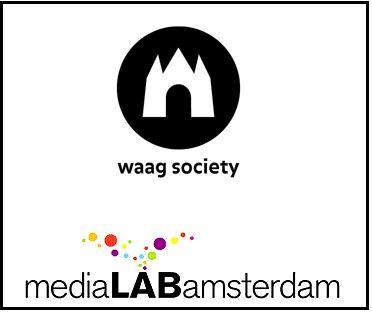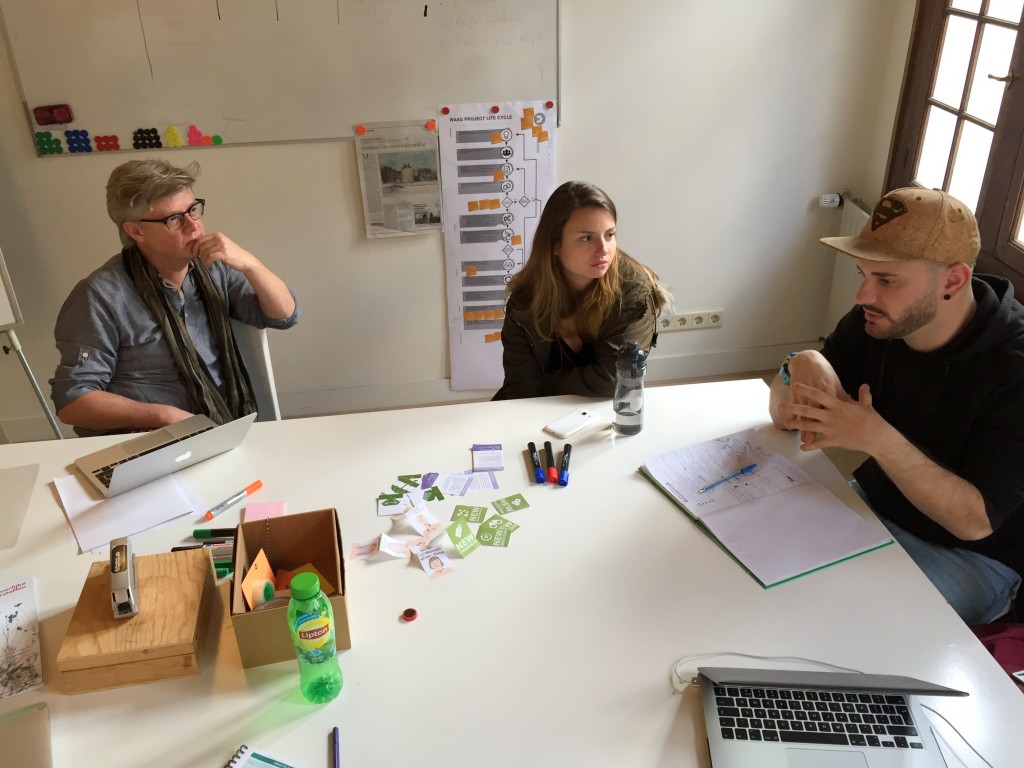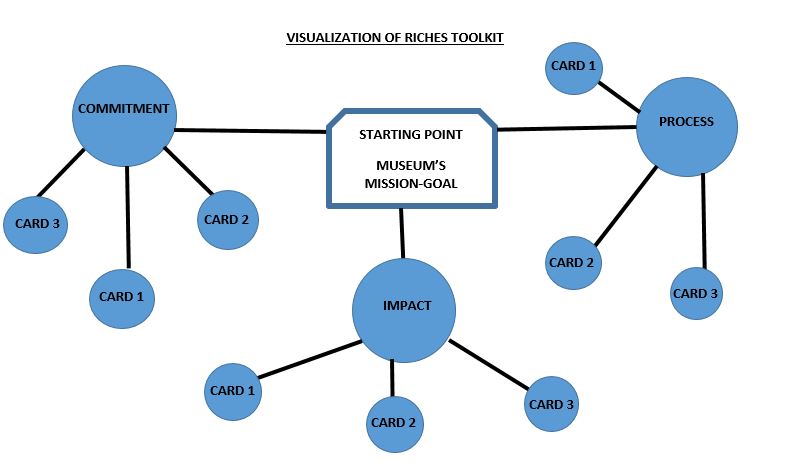According to Jon Wilkins, one of the founders of Naked Communications (Londons leading Creative Marketing & Branding Agency) there are three C’s in modern creativity: Communication, Crowdsourcing and Co-creation.
Unfortunately, we cannot do much with crouwdsourcing yet (the time will come) but the rest two C’s are aspects that we focus on through our work and will continue to do till the end of our “mission”. Hence, this week and for Sprint number 3 we decided to work more on how we can communicate co-creation through meaningufl activities. For this reason, we started this process by doing the combinations between the card categories that we use for our concept and most important by leaving outside those categories which we consider inapropriate and able to lead in good experiences/activities.
Regarding that, it was time for us to share our “accepted” concept, along with our ideas and creation process with someone who works under the same topic and whose feedback could be valuable for us. WAAG SOCIETY it is!
I think you may remember from a previous blogpost entitled “The Twist” the coincidence which occured between our concept and the one of Waag Society, both aiming to foster co-creation for cultural heritage institutions. Back then, it seemed like a disaster, but after some weeks with hard work and belief to our ideas and skills we made a personal difference. Hence, it was the right moment for us to meet with them once again, so to inform them about our concept and while we were also more than interested to see how far they have gone with their own (RICHES).
This meeting started with a presentation of our concept to them, during which we showcased our ideas surrounding it, the process we followed to formulate it, the methods we used and the outcome we hope to achieve through its possible use from cultural institutions. The feedback we got from Robin van Westen and Dick van Dijk was really valuable, while they found our idea/concept very interesting. Thus, they highlighted some aspects that we need to take into account according to their perspective, for possible improvement:
- Provide more information about the process of our activities, in a sense that visitors will be able to understand why they are using this toolkit. Now our activities are mainly based on the play with specific elements (e.g. music).
- It would be interesting to connect every/some activity/ies with an object or a story from the museum’s collection.
- It would be surprising to combine different type of categories/activities. This might bring about new insights and activities.
- Our activities seem predefined with no freedom for the visitors to either change the activity or propose their own activities. Maybe the incorporation of more open/free activities can bring better results and a better engagement for visitors within the co-creation workshops. Also a Joker card or something similar could be used from visitors so to change the activity or add something new.
- Maybe we can bring curators in a dialogue with visitors during and after the co-creation workshops. For example, newsletter, website or blog could be used from the curators in order to provide information about the elements that he chose or not to include in the exhibition and why. At the same time, people can give their replies and have a valuable dialogue together.
- Bringing the whole experience (workshop) outside the museum space and also creating our game without direct reference to the museum content (exclude the representation of museum space on the maquette) could bring community engagement, diverse opinions and perspectives and could function as an alternative way of involving people into museum related activities.
Their overall impression from our idea/concept is that it can really work, but it can benefit with a more open-free approach when it comes to the activities, the representation of the game and most important the location where it can take place. According to them, this can avoid misunderstandings during the process and frustration for the participants who may have various questions related to the activities (Why I am doing this? Why I have to choose this specifically?) and the whole idea of co-creation. Moreover, it is possible that we can create a new understanding about museums within a community if we bring a museum related activity outside museums walls (co-creation workshops in cafes, libraries etc.) Furthermore, they seemed interested for a possible combination of our concepts ( their toolkit is able to work as the preface for the use of our toolkit).
Next, Robin and Dick presented to us their concept which comes by the name RICHES. The main idea around RICHES, is that in our modern times, there are various changes in our societies economic, demographic, ethnographic etc. Further, everything around us is becoming more digitalized and we turn to become as people more and more individualists. RICHES takes this as a starting point and investigates these aspects, from the perspective of heritage institutions and cultural heritage in general (How I respond to these changes as a heritage institution?)
The method/possible solution according to them, lies on co-creation. This notion can be used according to them as a method for cultural institutions to learn their audiences better, understand them and identify different types of stakeholders that could get involved with them.
Overall, RICHES focuses on aspects such as location-communication-collaboration under the general notion of co-creation, and consists of two parts, a website and a toolkit.
WEBSITE: Their website includes information about ten important and highly recommended examples of co-creation that have taken place in different countries (museums) globally. These cases function as inspiration for the museum professionals who want to learn more about co-creation (informations included on the website) and want to explore some successful examples. Their website further, works as a strategic/methodological source for co-creation, providing important methods/links/material, aim to create a conversation around co-creation before moving on with the use of their toolkit.
TOOLKIT: The next and most important part on their project is their toolkit which is still on a developing stage. However, we had the opportunity to see some pictures and a sample of the cards that will be used.
So, after getting inspired by the website, museum professionals will use this analog toolkit, which has the form of a table clock. This toolkit constitutes of different circles which represent a specific category. The whole activity starts from a starting point where the institute needs to define its mission and goal (e.g. I want to involve younger people). Then there are three other circles including the following categories:
- Commitment: Between the institute and stakeholders-visitors
- Process: Collaborative Creation
- Impact: List of institute’s values.
There are five questions attached to every category which need to be answered with the use of 20-23 method cards. During this process, participants chose the way they feel comfortable to participate and decide also for each other (feel comfortable but also try new ways of communication).
For example there is a question asking: What type of organization aim I ?
For this question, you can reply by using a card with the symbol of an umbrella (institutionalized museum), volcano (innovative), brick (build experiences step by step). Furthermore, there will be the opportunity for the participants to draw personas on small papers about the people who they believe can benefit from their actions, those that should be involved and things that they can offer to and get back from them.
All in all, it was a very constructive and relevant meeting for both sides with new insights that we aim to discuss and think about during this Sprint and the following ones.This meeting was the first step of many, while we are moving on with the aim to share our ideas with professionals and non, in order to learn from each and subsequently inform different communities about the potentials of co-creation and the methods for its sucessful application in the cultural sector. Searching for more co-creation allies! 🙂
Thank you once again for reading!
For any recommendations do not hesitate to contact us!
Have a nice weekend!
From Constantine, Angela and Angelo









